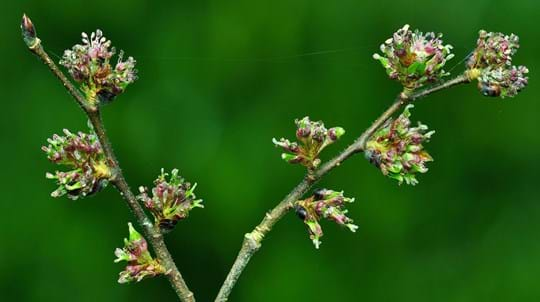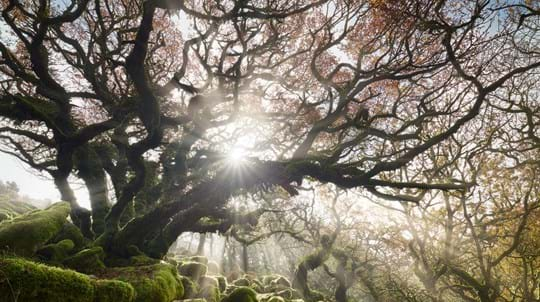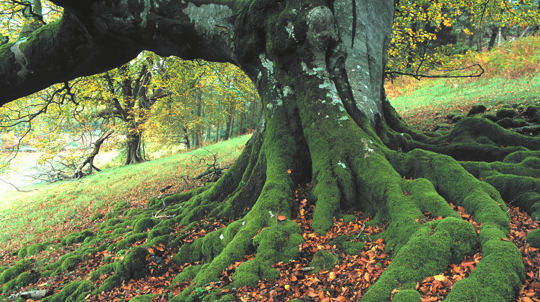Identify British trees with our free app
Get an A-Z guide of trees by downloading our free tree ID app for Android and iOS.
Download the app
Content editor
How does a seed become a tree? It seems like a huge journey so we’ve broken down the different stages in a tree’s life – from seed to snag.
A seed is a design used by trees for millennia to ensure the next generation of trees exists. Seeds have evolved into different sizes and shapes so they can be dispersed by wind, water or animals. Inside each seed is all the resources it needs to survive independently until it reaches a safe place to grow.
Once the seed has found the right conditions, it needs to secure itself. The first root breaks through the seed, anchoring it and taking in water for the developing plant. The next stage in germination is the emergence of the embryonic shoot.
The shoot pushes up through the soil, with the shoot leaves either poking above ground or rotting underneath as the rest of the shoot grows above.
A shoot becomes a seedling when it is above ground. This stage is when trees are most at risk from diseases and damage like deer grazing.
A tree becomes a sapling when it is 50cm tall, though this does vary depending on environmental and genetic factors. The length of the sapling stage depends on the tree species, but saplings have defining characteristics:
Trees with really long lifespans like yews and oaks are saplings for much longer than shorter-lived species like silver birch and wild cherry.
A tree becomes mature when it starts producing fruits or flowers. This is when the tree is at its most productive. How long it will stay productive depends on the species.
A typical English oak tree starts producing acorns at around 40 years old, peaking in productivity around 80-120 years. Oaks, in general, can be productive for 300 years then rest for 300 years before moving on in the life cycle. In contrast, rowan starts producing berries after around 15 years, and by 120 years or so it is already at the end of its life.
These fruits are dispersed and the life cycle repeats, but that’s not the end of a tree’s journey.
The next stage of a tree’s life comes when it passes beyond maturity and is older than trees of the same species. It has become ancient. Depending on the species, a tree might be called ancient when it is only in its early hundreds, like rowan, or when it is thousands of years old, like yew. This means we can’t define ancient trees just by age. Instead, we look for key characteristics, like a small canopy and a wide trunk which is likely to be hollow, both of which show great age.
A snag is a tree in the final stages of its life. It can be a dead standing tree or a dying tree. The tree’s life might be at an end, but its usefulness to wildlife is about to peak:
Dead and decaying trees are a vital part of a wood’s biodiversity. That’s why we leave plenty on our sites. Removing dead wood from woodland removes an important part of its biodiversity.
Get an A-Z guide of trees by downloading our free tree ID app for Android and iOS.
Download the app
Trees woods and wildlife
Our A-Z guide to British trees from native species to naturalised and widely planted non-natives.

Plant trees
Whatever your reason for planting, trees have far-reaching benefits for all of us.

Ancient Tree Inventory
Our expert volunteers help us map the oldest and most important trees in the UK so that we can fight for their protection.
External link